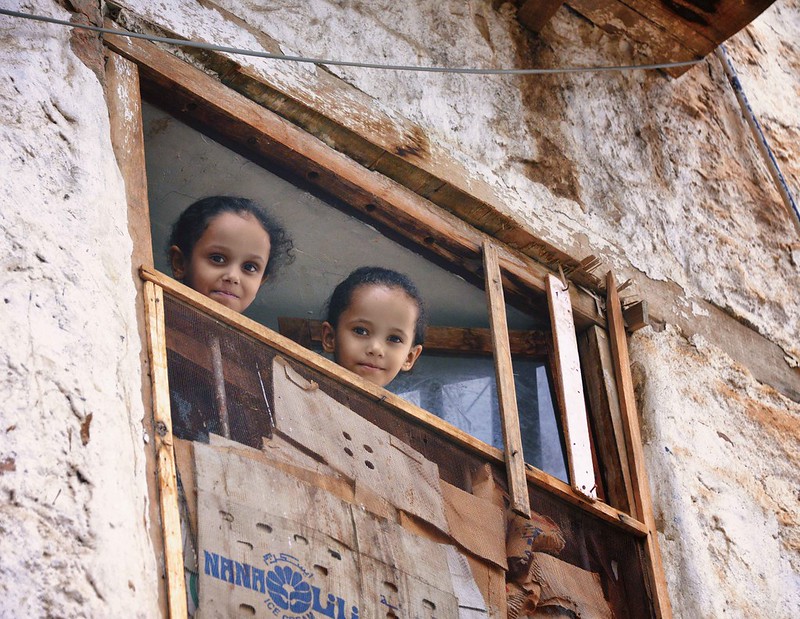 Yemen, a West Asian country with a population of 40 million, has seen a troubling decline in polio immunization rates. While Yemen was polio-free before 2020, according to the World Health Organization (WHO), national polio immunization coverage dropped from 58% in 2022 to 43% in 2023. This decrease reflects the fragility of Yemen’s health system amid ongoing social, political and security crises. Over the past three years, health officials have reported 273 cases of variant poliovirus outbreaks, a situation exacerbated by the humanitarian crisis and falling vaccination rates in Yemen.
Yemen, a West Asian country with a population of 40 million, has seen a troubling decline in polio immunization rates. While Yemen was polio-free before 2020, according to the World Health Organization (WHO), national polio immunization coverage dropped from 58% in 2022 to 43% in 2023. This decrease reflects the fragility of Yemen’s health system amid ongoing social, political and security crises. Over the past three years, health officials have reported 273 cases of variant poliovirus outbreaks, a situation exacerbated by the humanitarian crisis and falling vaccination rates in Yemen.
Global Health in Yemen
According to USAID, 19.7 million people in Yemen do not have access to basic health services. In Yemen, only 52% of health facilities are fully functional and most of these lack equipment, essential medicines and specialist physicians—a slight improvement from 2014, when only 46% of health facilities were partially functional. The mortality rate for children under 5 stands at 41.3 deaths per 1,000 births. The deteriorating state of the health care system has facilitated the re-emergence of preventable diseases like polio. UNICEF and WHO are actively collaborating with the country’s health systems to improve these conditions. Furthermore, more than 17 million people in Yemen struggle with food insecurity and 4.5 million are internally displaced due to ongoing violence, economic crises and recurring outbreaks of disease exacerbated by climate events, contributing to the near collapse of the country’s health care infrastructure.
UNICEF Vaccinations
UNICEF announced a second round of oral polio vaccines for 1.3 million children under the age of 5 from July 15 to July 17, 2024, following a successful first round in Feb. that reached 1.2 million children. In collaboration with WHO and Yemen’s Ministry of Public Health and Population, the organization also distributed vitamin A supplements to boost children’s natural immunity against diseases. The immunization campaign targets 12 southern governorates and 120 districts, with approximately 9,000 health workers trained for house-to-house vaccination. This effort is a response to a polio outbreak that left 257 children paralyzed.
Health Initiatives
Peter Hawkins, the UNICEF representative to Yemen, stated that eradication of diseases is achievable if every child receives vaccinations against poliovirus and other preventable diseases. In collaboration with various partners and organizations, UNICEF is pushing forward the Big Catch-up initiative, aiming to restore and accelerate routine vaccines and immunization services missed during COVID-19. Additionally, health partners and authorities have initiated the Health Emergency Expansion Resource (HEER) initiative to extend integrated primary health care services, including vaccinations, to address polio and measles outbreaks.
Looking Ahead
Collaborative efforts by global health organizations are essential to restoring Yemen’s health care system and halting the spread of preventable diseases. Recent campaigns and health initiatives demonstrate a concerted push to increase vaccination rates in Yemen and enhance primary care access for millions. As these initiatives progress, they offer renewed hope for improving the resilience of Yemen’s health care infrastructure and protecting vulnerable populations, especially young children, from further outbreaks.
– Indira Smith
Indira is based in Manchester, UK and focuses on Global Health for The Borgen Project.
Photo: Flickr
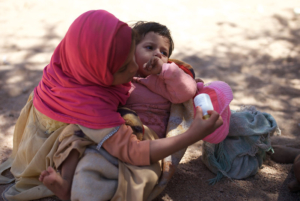
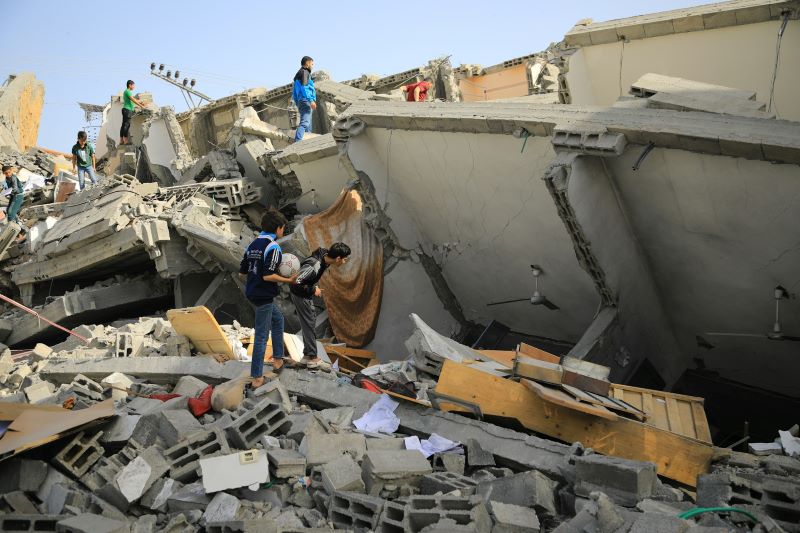 In a press release from September 4, 2024,
In a press release from September 4, 2024, 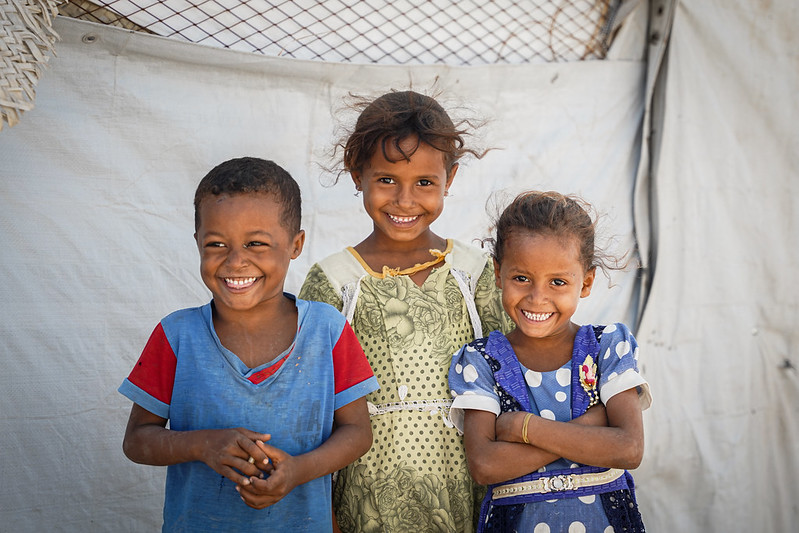 Violent internal conflict, malnourishment and severe weather conditions have resulted in a state of crisis for
Violent internal conflict, malnourishment and severe weather conditions have resulted in a state of crisis for 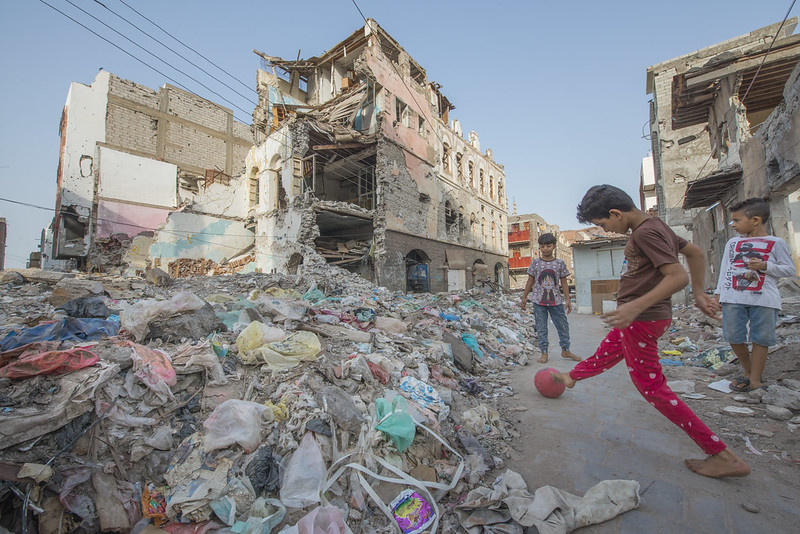 As the civil war in
As the civil war in 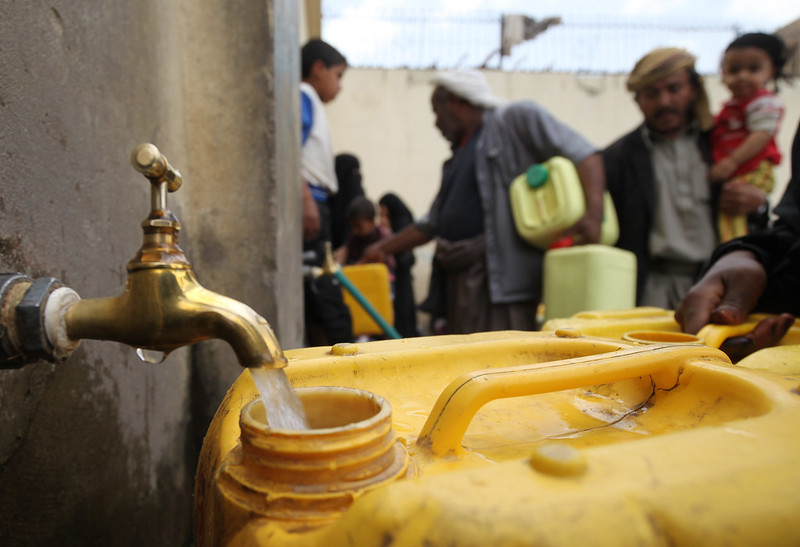
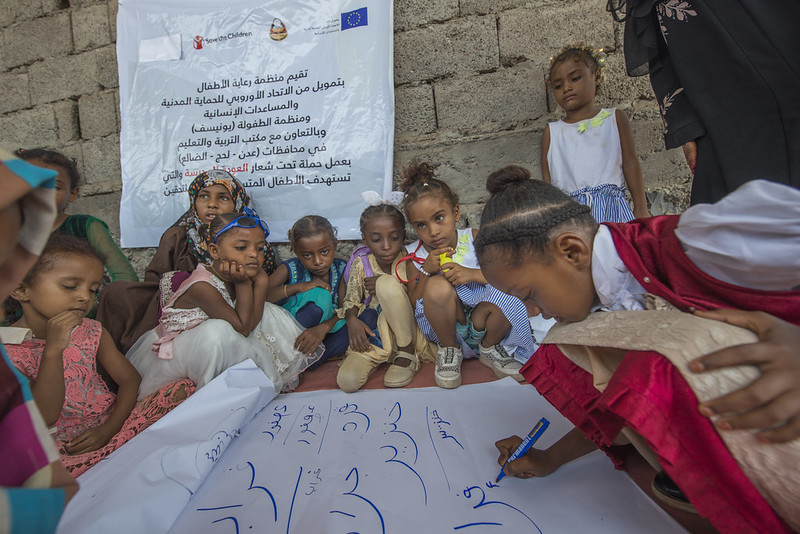
 Yemen has triumphed through a
Yemen has triumphed through a 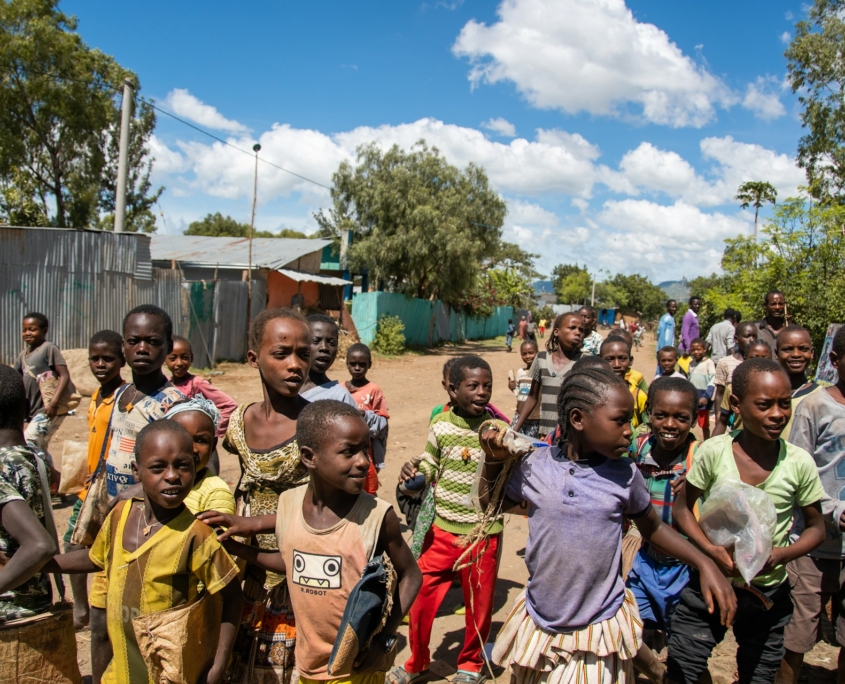 The global malnutrition crisis significantly impacts millions in underdeveloped nations. According to the World Food Programme, severe food insecurity affects more than
The global malnutrition crisis significantly impacts millions in underdeveloped nations. According to the World Food Programme, severe food insecurity affects more than 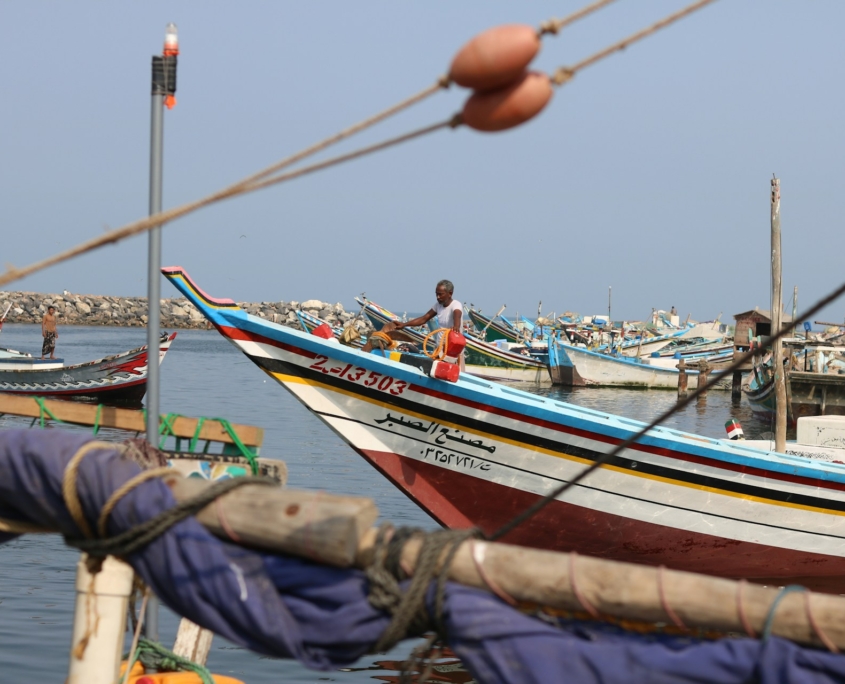 The
The 